Make no bones about it, almost everyone who runs will experience pain, discomfort, and possible injury during their career as a runner. The human machine is a complex and interconnected system of bones, tendons, ligaments, and muscles. Even with the best preparation and training, this complex machine is still subject to breaking down and sidelining you for a matter of days, weeks, or longer. However, with the proper maintenance, you can reduce your risk of injury and stay healthy.
“Runners make up a significant portion of the patients we see at our clinic,” says Grant Hennington, physical therapist and certified running coach based in Seattle, Washington.
According to Hennington, the five most common running injuries are patellofemoral pain syndrome, Achilles tendonitis, plantar fasciitis, shin splints, and hip impingement. Here is a rundown of each injury, along with tips on how to prevent and treat the conditions.
Note: This is not meant to replace seeking medical advice. “If pain is creeping into your daily life, not just when running, it’s time to see a medical provider,” Hennington adds.
Patellofemoral Pain Syndrome
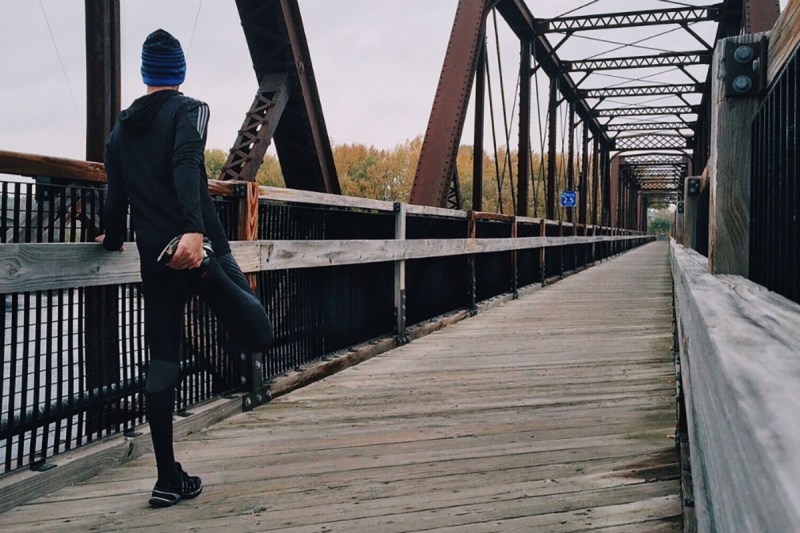
Better known as “runner’s knee,” PPS usually manifests itself as pain at the front of the kneecap, aka the patella. This injury, often caused by overuse, creates a tenderness due to inflammation from friction between the patella and your thigh bone, aka the femur. While common in runners, it can also develop due to the repetitive carrying of heavy loads and in older adults.
Prevention and Treatment Tips:
- Therapeutic strengthening exercises targeting the quadriceps and the gluteals.
- Gentle stretching exercises of the muscles surrounding the hip, knee, and ankle joints.
- Patellar taping to alter the forces and positional faults at the patellofemoral (kneecap and thigh) joint.
- Biomechanical or positional training; for example, receiving instruction on the proper mechanics of squatting or lunging
Achilles Tendonitis (Tendinopathy)
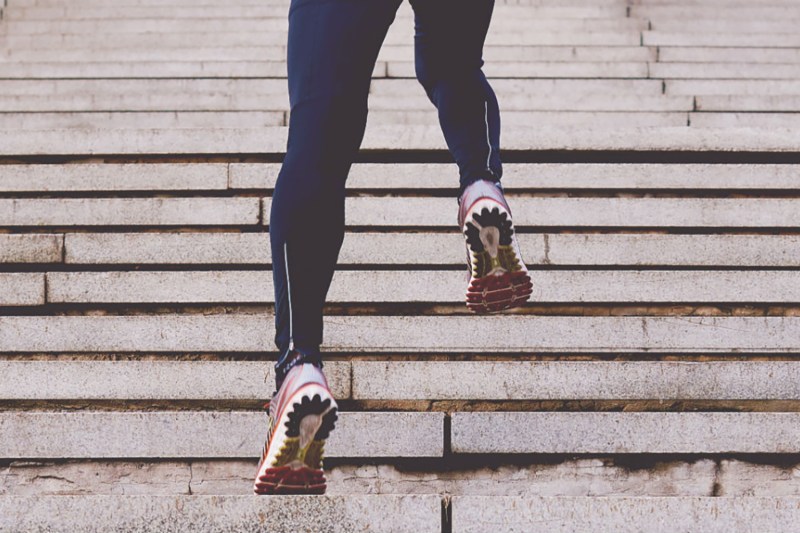
Achilles tendonitis, or tendinopathy, can affect as much as 50 percent of all runners in some capacity during their career. It can be the result of a single acute injury or can be more chronic in nature, caused by the repetitive irritation of the Achilles tendon. This tendon connects the calf muscles to the heel. Injuries can range from mild to severe, with severe often presenting as a rupture of the tendon that requires surgery to repair.
Prevention and Treatment Tips:
- Gentle stretching of the calf and Achilles tendon.
- Foam rolling of the calf and Achilles tendon.
- Progressive therapeutic strengthening of the calf and Achilles tendon, incorporating an eccentric loading program in the mix.
Plantar Fasciitis
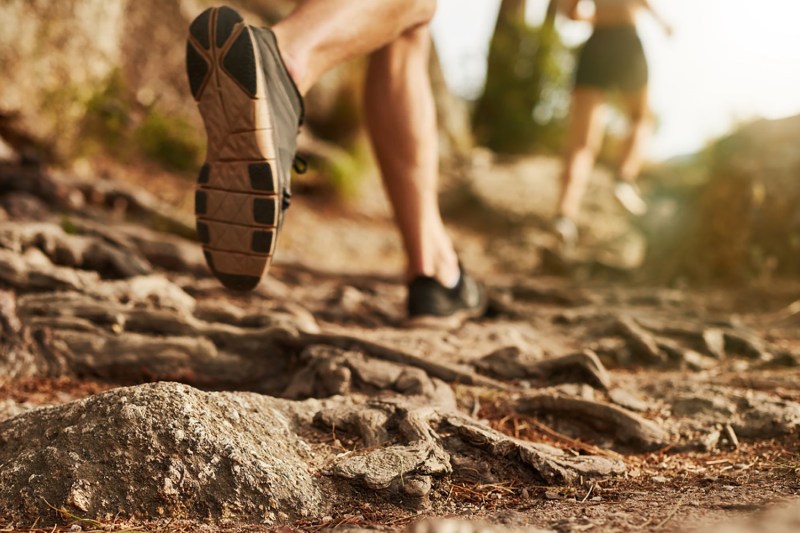
When the plantar fascia (a thick band of connective tissue between the heel and forefoot) becomes inflamed or tears, extreme pain in the heel is the result. While the condition can present at any age, it is most prevalent in both men and women in their forties. The pain is most pronounced in the morning upon getting out of bed or after prolonged periods of sitting.
On a personal note, I dealt with this affliction for over 12 months and found relief stretching continually throughout the day, especially before getting out of bed each morning.
Prevention and Treatment Tips:
- Gentle stretching exercises targeting the calf and plantar fascia.
- Gentle rolling of the plantar fascia with a ball (think tennis ball) in order to mobilize and desensitize the tissue.
- Therapeutic taping of the arch to provide support for the tissue.
- Therapeutic strengthening and stability exercises of the hip joint in order to improve lower kinetic chain control.
Medial Tibial Stress Syndrome (Shin Splints)
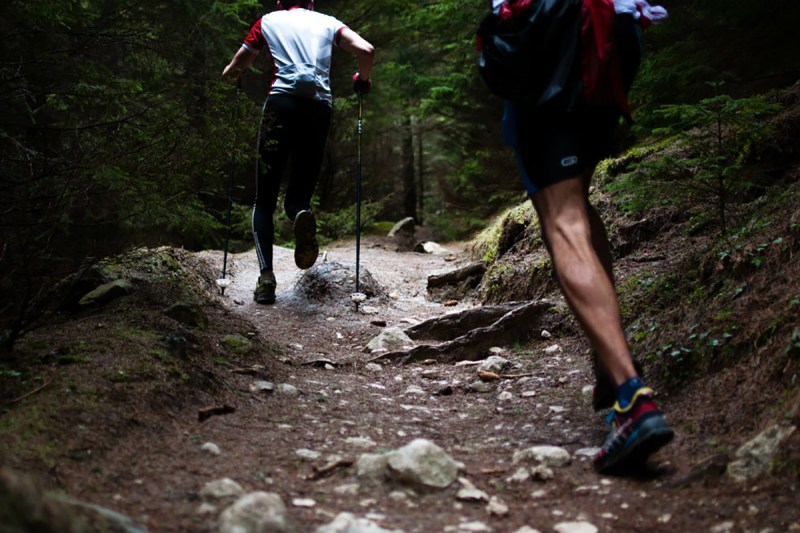
This is one of the most common athletic injuries and most often results from a “too much, too soon” scenario. Shin splints occur when too much stress is placed on the shin bone, aka the ribia, and the connective tissue (fascia) connecting the muscles of the lower leg to bone become inflamed or irritated.
Prevention and Treatment Tips:
- Gentle stretching of the calf.
- Foot stability and control exercises.
- Hip mobility exercises.
- Therapeutic taping of the medial longitudinal arch.
Hip Impingement
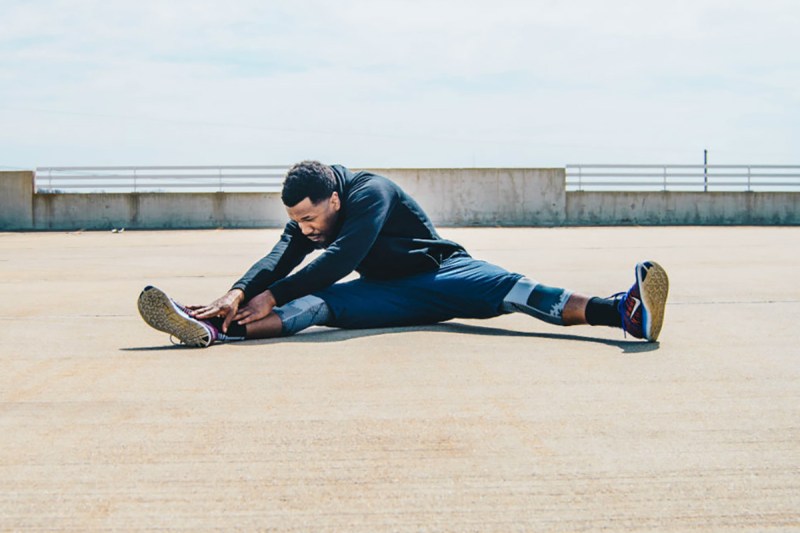
Hip impingement involves a change in the shape of the surface of the hip joint and most often crops up in young, active people This change predisposes the joint to damage and can result in pain and stiffness.
Prevention and Treatment Tips:
- Strengthening exercises targeting the gluteals.
- Gentle stretching of the hip musculature.
- Hip stability exercises in order to improve dynamic control of hip and lower extremity alignment.
Final Advice
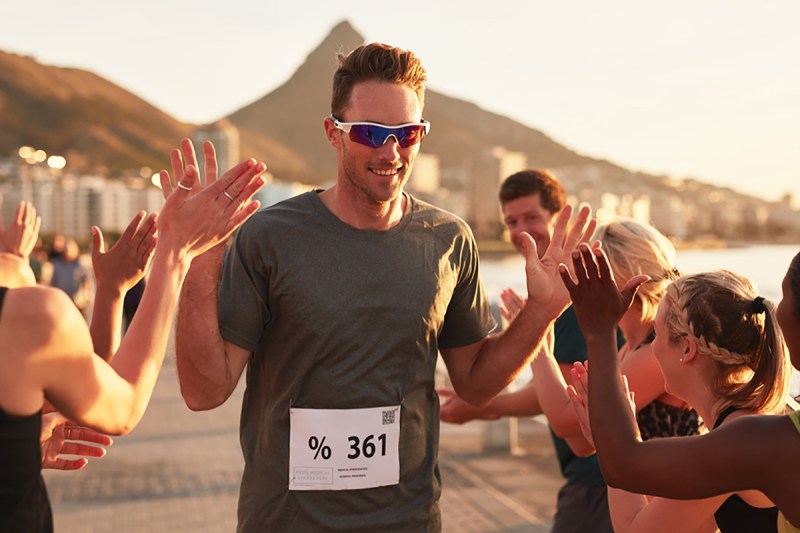
Hennington also shared some tips for anyone training for a “big race” or seeking to start a new running program:
- Respect and adhere to the “10 percent rule” in regards to adding mileage. Most injuries occur as a result of the aforementioned “too much, too soon.” It is best to train slow and only increase mileage by 10 percent each week.
- Have a relationship with a medical professional prior to a big event, including a primary care physician and a physical therapist.
- Make sure you know what kind of treatment your medical insurance covers ahead of time.
- Consider utilizing a massage therapist.
Article originally published July 24, 2018. Last updated January 2019.


